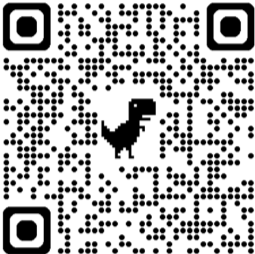Set the Agenda
Answer each statement as True or False correctly to play your next move.
Create multiple-choice games on Wisc-Online and play them on our Chakalaka mobile app!
But that's not all! Explore educational games created by others. Simply search by category or enter agame code number and dive into a world of learning and fun.
Download the Chakalaka mobile app here:

Topics of this game:
- Events are used in Scrum to create regular cadence for meetings.
- Scrum events eliminate the need for additional meetings.
- All Scrum meetings are Time-Boxed.
- There are no significant challenges if Scrum events are skipped.
- The Daily Scrum is the basic building block of Scrum.
- Scrum Teams work during a Sprint to create a usable and potentially releasable product increment.
- During a Sprint, work may be clarified or re-negotiated as the team learns even if it decreases its quality.
- Canceling a Sprint is done when Sprint Goal becomes obsolete.
- If a Sprint is canceled, "Done" items are reviewed and incomplete items are re-estimated and placed back in the product backlog
- Scrum Events happen in the following order: Sprint Planning, the Daily Scrum, Sprint Retrospective, Sprint Review.
- The Sprint Planning event determines the Sprint Goal and plans the work the Scrum Team’s work to meet that goal.
- Sprint Planning is time-boxed at a max of 8 hours for a one-month Sprint, less time for shorter Sprints.
- The Sprint Goal is the objective that will be met during the Sprint.
- During the Sprint Review, the development team decides how many items to select from the Product Backlog.
- As part of the Sprint Planning, the product owner discusses the objective to achieve during Sprint.
- The Daily Scrum is a daily status call.
- The Daily Scrum has a time box of 15 minutes.
- All members of the Scrum team are required to attend the Daily Scrum.
- The Daily Scrum plans work for the next 24 hours by sharing what was done, what is planned for today, and any encountered block
- The Scrum Master ensures anyone attending the Daily Scrum from outside the Development Team does not disrupt the meeting.
- The Sprint Retrospective is held at the end of each Sprint to inspect the Increment produced and adapt the Product Backlog.
- The Sprint Review has a time box of 4 hours max, though it is typically shorter for Sprints shorter than a month.
- The Product Owner presents the Increment and answers questions during the Sprint Review.
- In the Sprint review, the Product Owner discusses the Product Backlog as it stands and provides projections for delivery dates.
- Stakeholders may be invited to the Sprint Review by the Product Owner to provide feedback and collaborate.
- An adjusted Product Backlog with new opportunities included is an output of the Sprint Planning Event.
- The Sprint Retrospective has a time box of 3 hours max.
- The goal of the Sprint Review is for the Scrum Team to inspect itself and plan for improvements.
- All Scrum Team roles participate as peers in identifying improvements during the Sprint Retrospective.
- During the Sprint Retrospective, the team will identify improvements to how the Scrum team works to implement in next sprint.
User comments are currently unavailable. We apologize for the inconvenience and are working to restore this feature as soon as possible.

